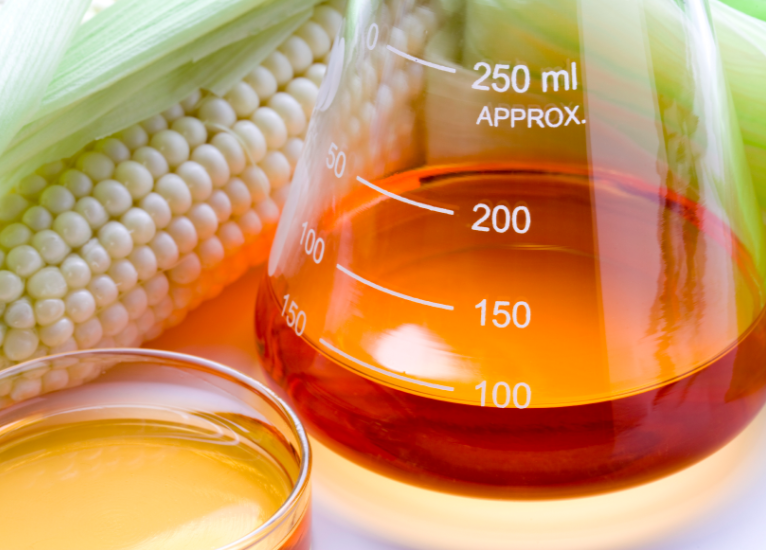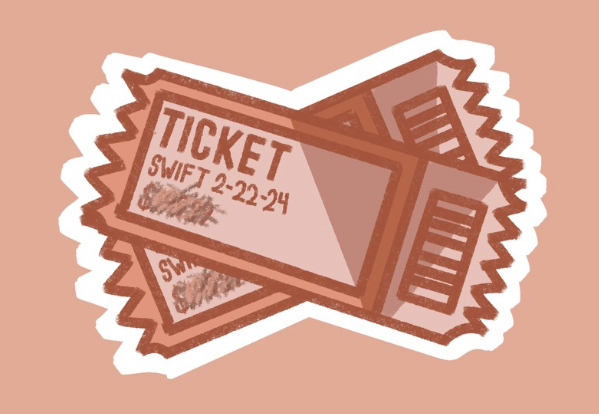East needs to upgrade the current lunch options because many are still unhealthy
High fructose corn syrup poses serious threats to our health.
February 2, 2017
With American food standards coming into question by consumers, the use of high fructose corn syrup in most processed foods has been put on the spotlight. High fructose corn syrup, or HFCS, is found in a majority of household food items such as Pepsi, Sprite, bread, cereal, Heinz Ketchup and even medications such as Robitussin and Vicks.
HCFS is an artificial sweetener derived from corn and fructose that can be used as an alternative for glucose, or typical sugar. The use of HFCS has become common in the United States due to the fact that it is cheaper than white sugar.
HFCS was first introduced in Japan in 1971 by Yoshiyuki Takasak, who had created the first patent on the substance. HFCS was preferred over cane sugar because it was found in a liquid form, making transportation easier. The abuse of HFCS became accepted in 1982 when Ronald Reagan constricted sugar imports.
It’s ironic how the school district tried so hard to make the school a healthier place, but in reality the foods they provide to the students are still super bad for you
— Hope Seybold
Many are quick to jump on the conclusion that HFCS is one of the leading causes to obesity, but the reality is that the human body processes HCFS and white sugar in different ways. The fructose in HFCS is free to move since it is not bonded to glucose, meaning that the fructose is able to travel directly into the liver. HFCS does not support the stimulation of insulin, which indicates to the brain when blood sugar levels have increased. Therefore, HFCS cannot suppress an appetite like generic sugar would. This can lead to diabetes, weight gain, cancer, heart disease, and dementia.
In recent years, Cherry Hill East has attempted to make the school a healthier environment by making changes in the food options and providing healthier snacks inside the vending machine. The reality is, the snacks provided by the school are saturated in fats and HFCS. Children and teens in grades K-12 are surrounded by food and beverages that could be fatal to their health in the future.
“It’s ironic how the school district tried so hard to make the school a healthier place, but in reality the foods they provide to the students are still super bad for you,” said Hope Seybold (‘19).
In a study conducted in 2009, the Institute for Agriculture and Trade Policy (IATP) has concluded that 55 generic brands that use HFCS have contained traces of mercury, which can be deadly to the human body if consumed in the right amounts.
Countries such as Europe have learned to cut HFCS off their nutrition label, but not for the reason you might think. In 2005, the EU quota was created and the production quota for HFCS
decreased drastically because the demand for HFCS overpowered the supply. However, a series of common supplements found in American foods are banned in Europe and other foreign
countries due to the health concerns associated with them. The most common ones are bromated flour, azodicarbonamide (ADA),ractopamine, olestra, bromated vegetable oil (BVO), and recombinant bovine growth hormone (rBGH).
Ractopamine is banned in 160 countries and is used to reduce amount of fat found in meat, studies show that this additive can cause issues in the cardiovascular system and create changes in behavior. Although the Food and Drug Administration (FDA) does require approval before a product can hit the market, studies are run by the companies itself to prove that the chemicals do not provide an imminent threat.
Between 1970 to 1990 the use of HFCS has increased by 1,000 percent. On average, in 2009 Americans ingested approximately 35.7 pounds of HFCS per year. Large amounts of laboratory made sugars will most likely result in health problems in the future.














